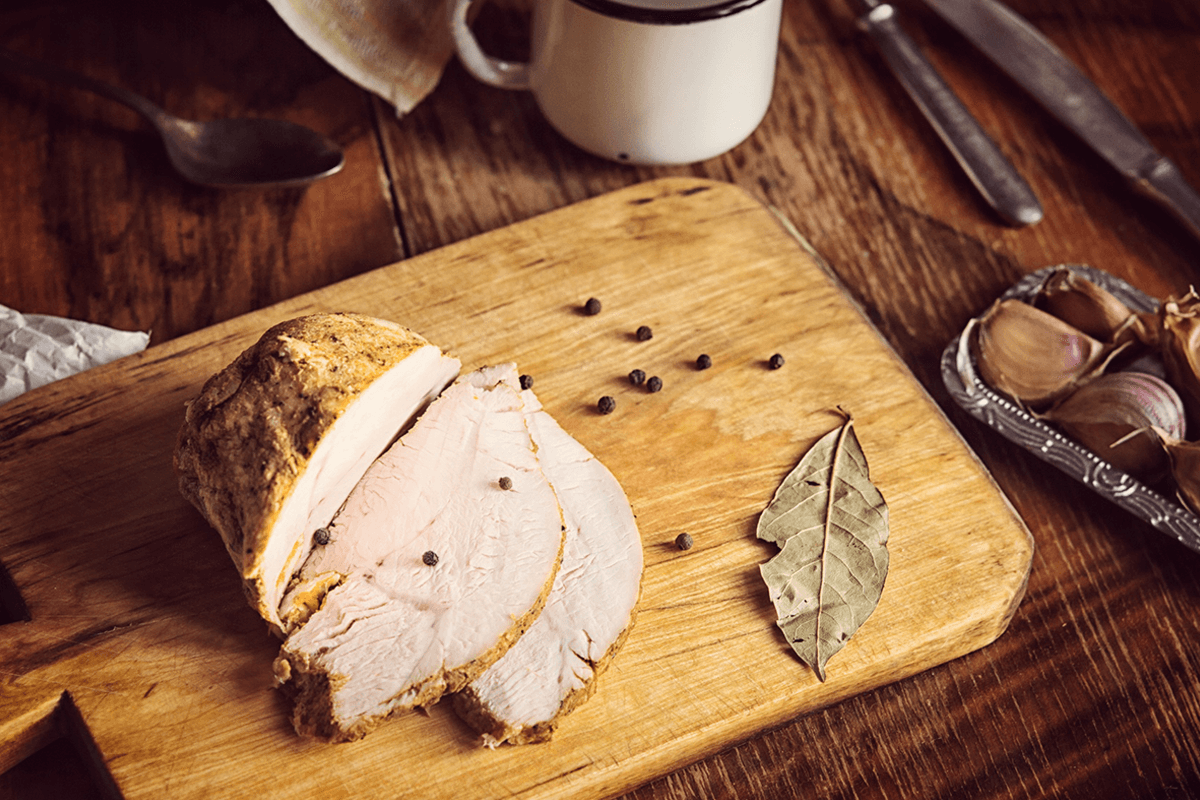The time between Thanksgiving and the New Year is a very dangerous time for your health.
Admittedly it’s a time to bond – or disagree – with family and friends, and it’s a special time filled with traditions, parties and unique people.
One of those traditions is eating. Lots and lots of eating. If it’s not a rich Thanksgiving dinner that extends over several days, it’s parties filled with over eating and alcohol.
It’s a time of risks and temptations. Your health will be sacrificed as you eat gravy-drenched turkey, fat-laden cakes and loaf around the house relaxing after hours of cooking or watching football.
Americans gain weight over the holidays. It’s a data-proved fact and unfortunately, the pounds don’t melt away after the holidays are over. With each year the weight gain keeps mounting and eventually you are in a health crisis with an extra 30 or 40 pounds around your middle and thighs.
What gets ignored or excused over the holidays is your exercise routine, healthy eating habits and resistance you have built to avoid bad habits. That doesn’t have to happen.
It doesn’t mean you can’t indulge on occasion, but wouldn’t it be best if you didn’t have to implement self control? Is that contradictory? No. What it means is you can make healthy, tasty food for Thanksgiving.
Dispense with the butter-dipped, bacon encrusted green bean casserole or the nauseously over sweetened sweet potato dish.
That’s right. You don’t have to give up taste to be healthy.
One of the easiest ways to make a turkey more flavorful is to add seasonings. A rub on the exterior of the turkey can add tang to the meat if it includes a zesty spice. Favorite rubs include thyme, rosemary and garlic; although you can jazz it up with lemon zest, coriander and pepper.
The key to cooking healthy and not spoiling your fat intake is to add flavor from healthy alternatives. You probably are wondering where all the fat is in the vegetable dishes. Many traditional American side dishes for Thanksgiving or Christmas rely heavily on fat in the form of butter for flavor.
American chef Julia Child always used butter as a mainstay in sautéing and preparing food because she said it made the food taste better. She was right, but what she didn’t know is it made her dishes artery-clogging killers.
There are alternatives to using butter. There are low-calorie sprays, nonstick pans and olive oil. There are also tasty vegetable dishes that avoid the bad fats:
- Marinated Asparagus Bundles rely on red wine vinegar, onion, and an assortment of herbs and spices for its savor.
- Sautéed Green Beans and Onions with Bacon only relies on four slices of bacon and turkey bacon can be used as a substitute.
- Sweet Potatoes are so tasty on their own they need little garnish.
- The Squash Rice Casserole uses zucchini, eggs and cheddar cheese.
- Orange-Kissed Brussels are trimmed, halved and given a citrus punch.
The only dish where you can’t avoid fat is in making the gravy. The key to good gravy is having enough fat to combine with a thickener like flour or cornstarch. You may have to use melted butter to make sure you have enough fat, you’ll only know once you’ve skimmed the fat off the drippings. Once the paste is well mixed merge with turkey pan drippings. To ensure you have enough gravy you may have to add chicken broth.
Or you can use a canned or bottled gravy sauce, but they tend to be high in sodium.
So, even if you relax on your exercise schedule – and who can blame you with all of the other commitments – and eat a mostly healthy diet, you should be able to avoid packing on the pounds.
